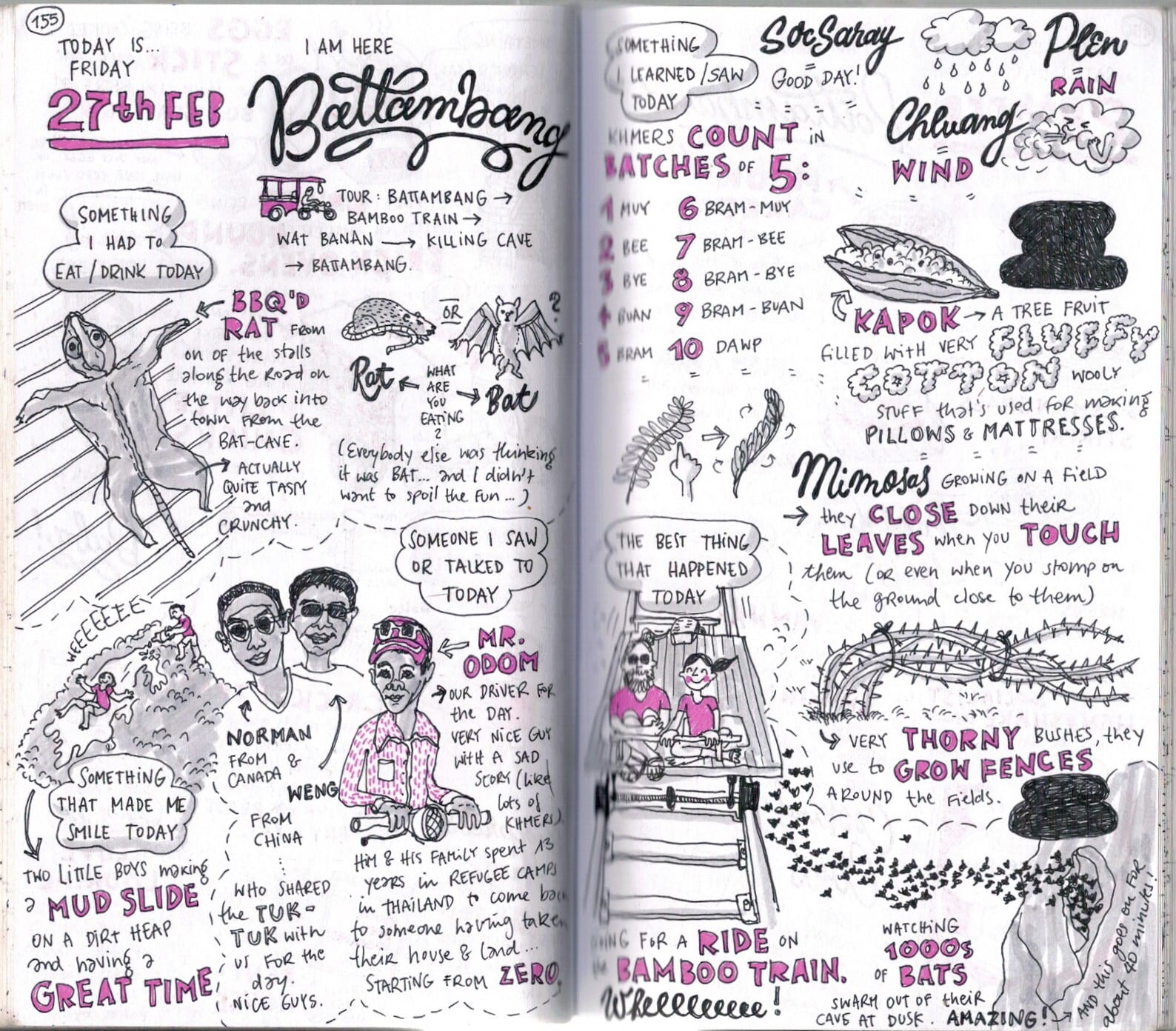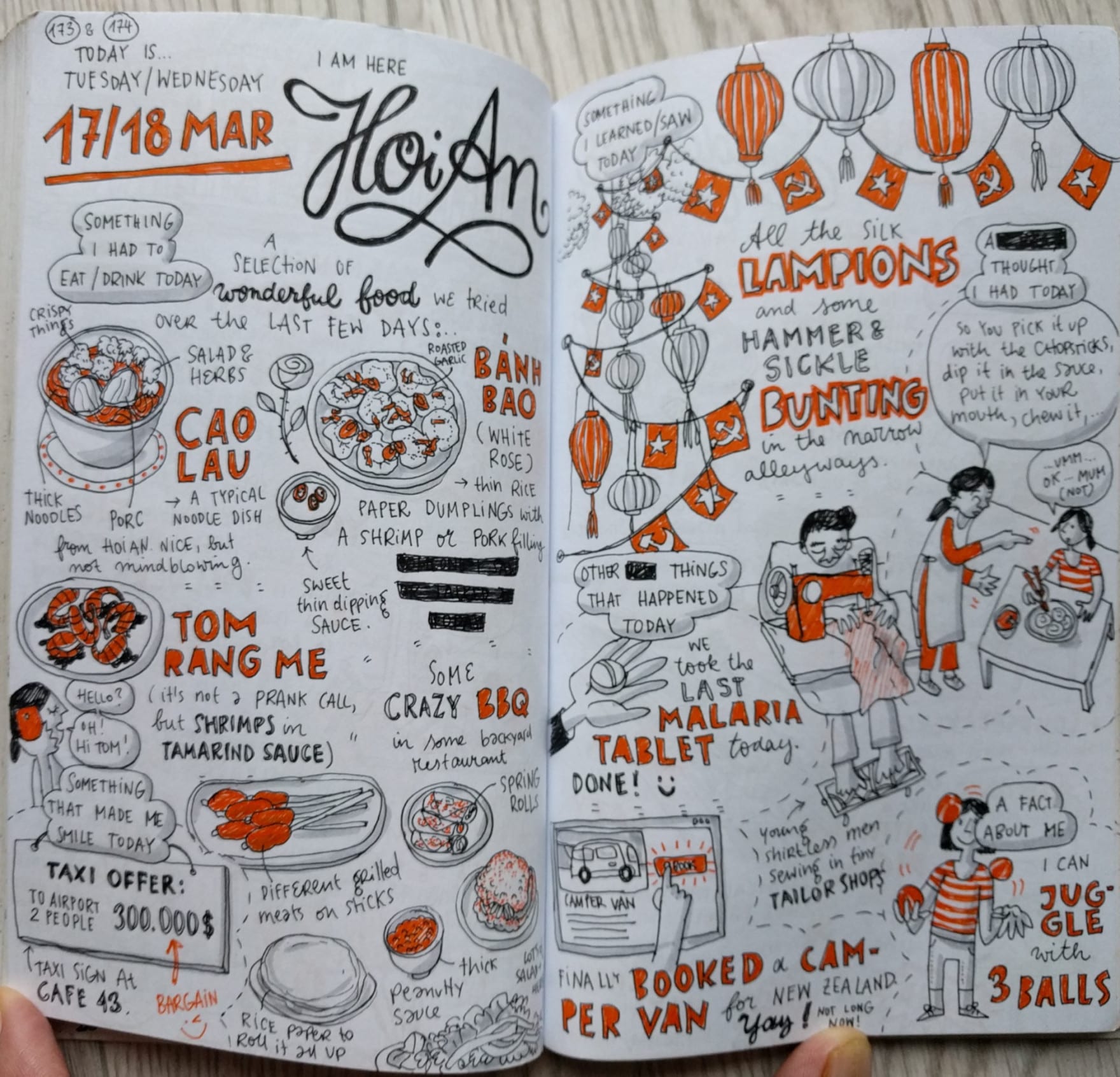After being hooked yesterday by Gloria Whelan, the author of Goodbye, Vietnam, we were anxious to continue our reading of the story featuring Mai, a 13-year-old girl from a village in Vietnam. The first chapter introduced us to the characters and allowed us to envision life in her village. The details provided by the author caused us, as readers, to QUESTION… an important (and scholarly) reading strategy. Our inquiring minds caused us to wonder about Vietnam and Vietnamese culture.
In an effort to satisfy our curiosity, we paired up and logged into our Google Classroom, where we found an assignment entitled “Visualizing Vietnam.” The primary resource we used today was an article from Encyclopedia Britannica. As we read, we tried using Cornell Notes to save and organize our ideas. Since this was our first official attempt at Cornell Notes this year, we realized there is a lot of room to grow.
To learn about Cornell Notes as a note taking structure, listen to Mr. G explain. While it sounds like he is talking to an older audience, I think his visuals will be beneficial.
If you’d like to take your Cornell Notes to the next level by combining them with Sketchnotes (which we talked about on Tuesday), check out Doug Neill’s video. I think you’ll LOVE this as an option for learning.
In the personal example he shares, I was especially amazed at the neatness of his work and how purposeful and patient he was in putting together all 11 pages. I can infer that the book he read and the topic he was researching was important to him.
As I was researching sketchnoting AND our region of study last night, I came across an amazing site that combined the two. Eva-Lotta Lamm has posted some of her sketchnote journal entries from her travels. Two are posted below (one about Cambodia and one about Vietnam). In addition to the unique facts and bits of information sketched,
- what are some common, organizational elements that she includes in her sketchnotes?
- Also, what elements do you notice that connect to the videos we watched about the building blocks of sketchnotes?
- What do these examples make you wonder about?


This afternoon, we revisited partitioning, looking at some larger numbers, one of which had some unusual characteristics. One of the most powerful QUESTIONS during our math time today was about zeroes.
- What do you do with the zeroes in the MIDDLE of number?
- How do you represent those using an array (PARTitioned rectangle)?
Lots of GREAT thinking came out of that QUESTION.
